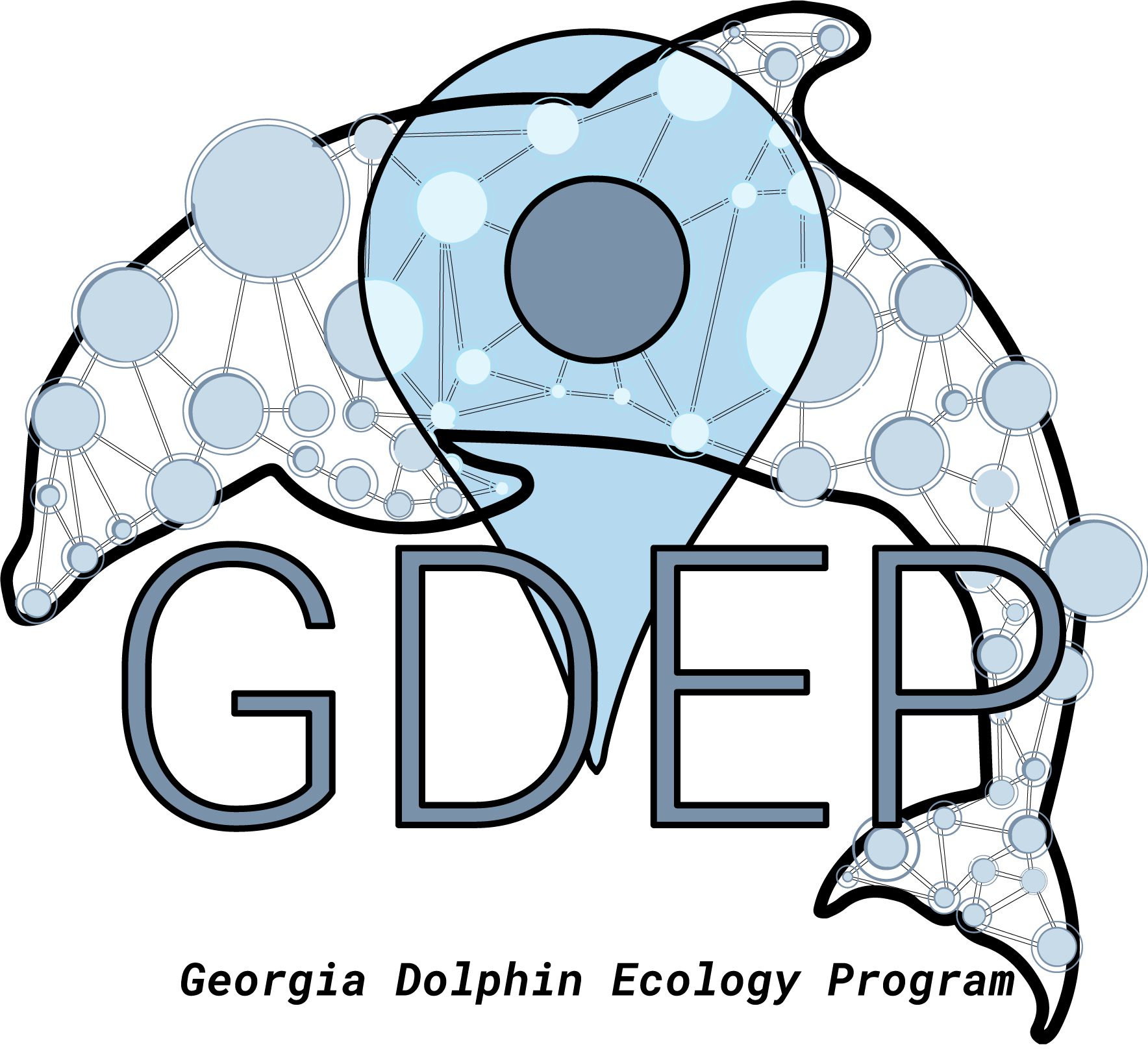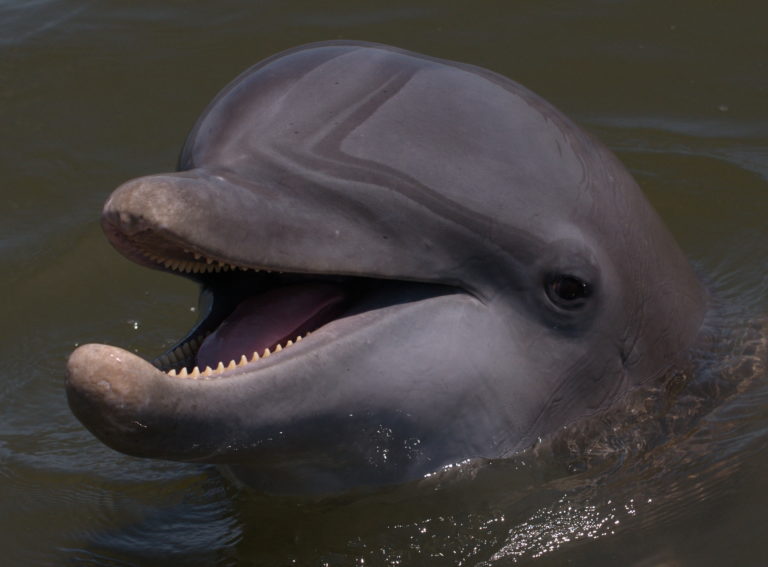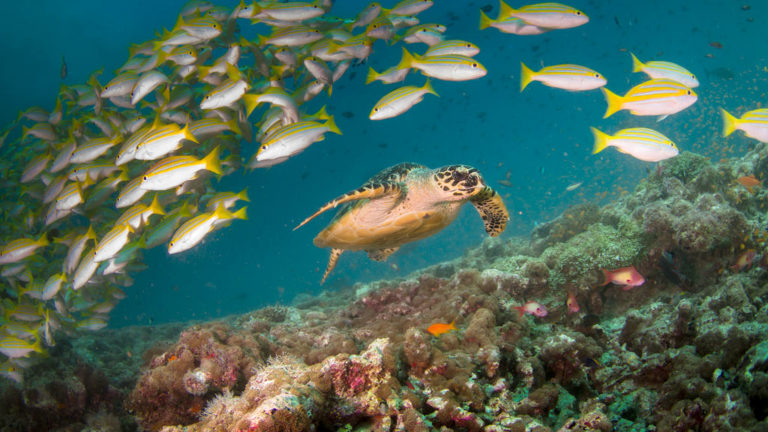The ocean does a lot for us. On the heels of Giving Tuesday, consider incorporating these resources into your daily and weekly routine to help return the favor.
It’s that season again. Holiday music is filling the air. Christmas merchandise was out long before we awoke from our Thanksgiving food comas. And lest we had forgotten, #GivingTuesday served as an important reminder that many people and issues require our attention, not just during this season, but year-round.

This is a season of giving, reflection, and time spent with family and friends. Regardless of religious orientation, this is also a season where we can capitalize upon that spirit to give back. And in giving back, let us not forget to give to a resource that provides us so much: the ocean.
While information on how consumer choices impact the environment abounds, the following resources are helpful in navigating selections when trying to positively impact ocean health:
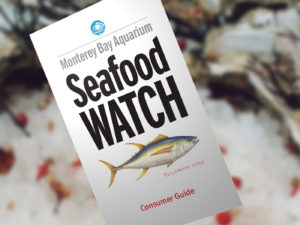
Monterey Bay Aquarium’s Seafood Watch program helps consumers navigate the complicated world of seafood choices. Offering guides including a Seafood Watch app, this program aids consumers in choosing seafood selections with low environmental impacts in how they are caught or farmed. Luddites too have cause for celebration as Seafood Watch houses handy printable wallet cards offering regional advice on seafood selection. Check out the recommendations for Georgia here. The Monterey Bay Aquarium knows consumers impact issues they support with their wallets. In addition to using their app, they recommend asking the question, “Do you sell sustainable seafood?” when visiting restaurants and grocers.
Environmental Working Group (EWG)—a 501(c)(3) founded in 1992—uses research and advocacy to help inform and guide consumers. With something to suit most interests, EWG offers consumer guides ranging from household cleaning products to sunscreen selection.
With a focus on toxic chemicals, the EWG has a broad reach, offering information on choices to minimize pesticide exposure in food, limit exposure to harmful chemicals in the home, and assess the safety of your tap water.

Although all these guides are helpful, perhaps one of their most impressive and unique offerings is EWG’s Skin Deep Cosmetics Database. With a database of 71,730 products, consumers can access rankings on health hazards including information on specific ingredients of concern. And as with anything else these days, if you don’t feel like hunting the information down, there’s an app for that. EWG’s Healthy Living app allows you to scan 200,000 product (both food and cosmetics) barcodes to view health stats.
The ocean gives us so much. It feeds us, it produces oxygen, it absorbs carbon, it allows us to recreate, and it offers endless aesthetically pleasing vistas. During this season of giving, it pays to remember that the products we use to feed, beautify, protect, and clean today will end up in the ocean tomorrow. Making product choices protective of your health will be protective of the environment as well.
After all, what’s good for you is good for the ocean.
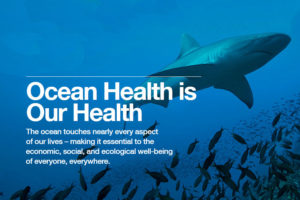
For sources used in this blog and additional resources on this topic, please see the Resources page.
Featured image credit: Jeff Yonover and Conservation International
